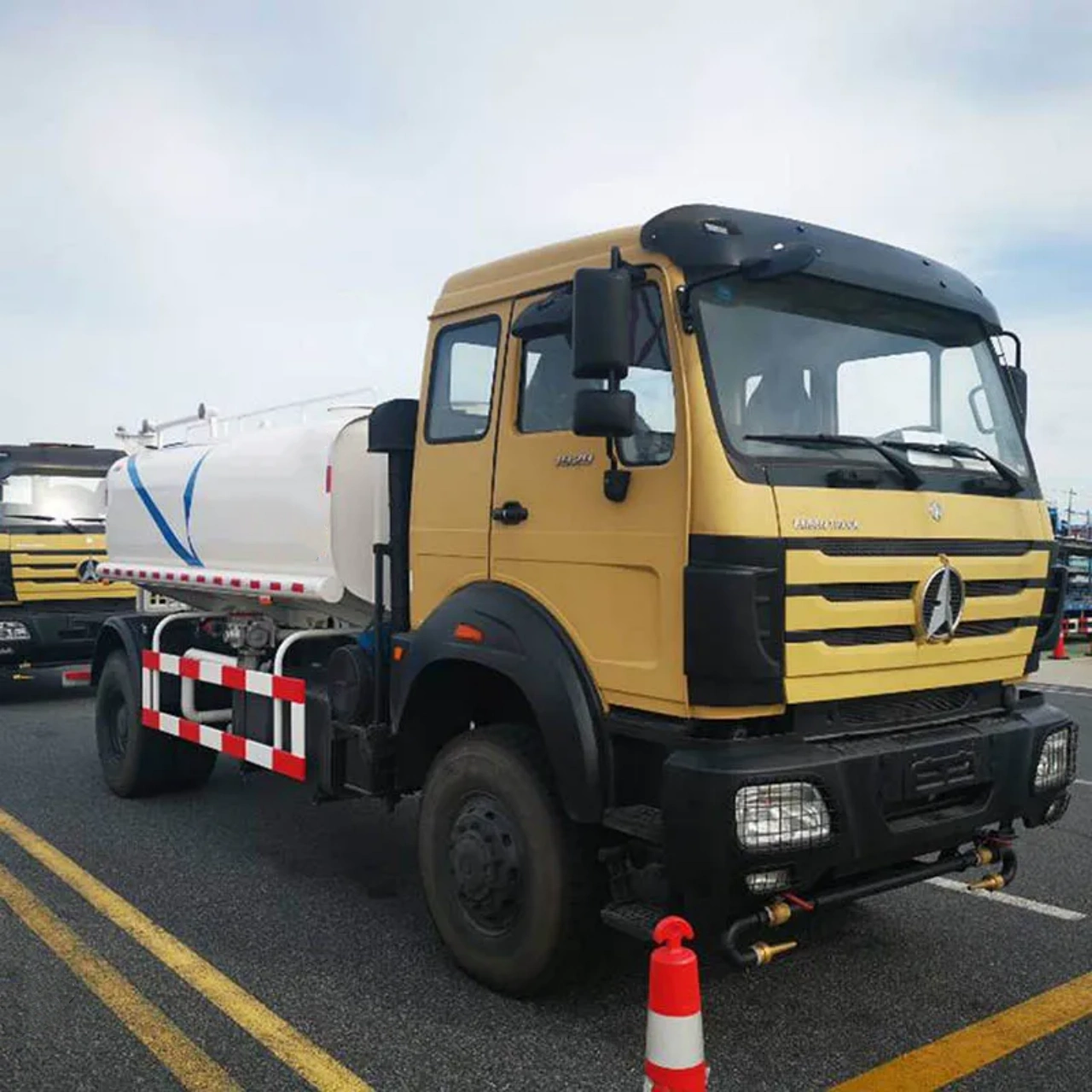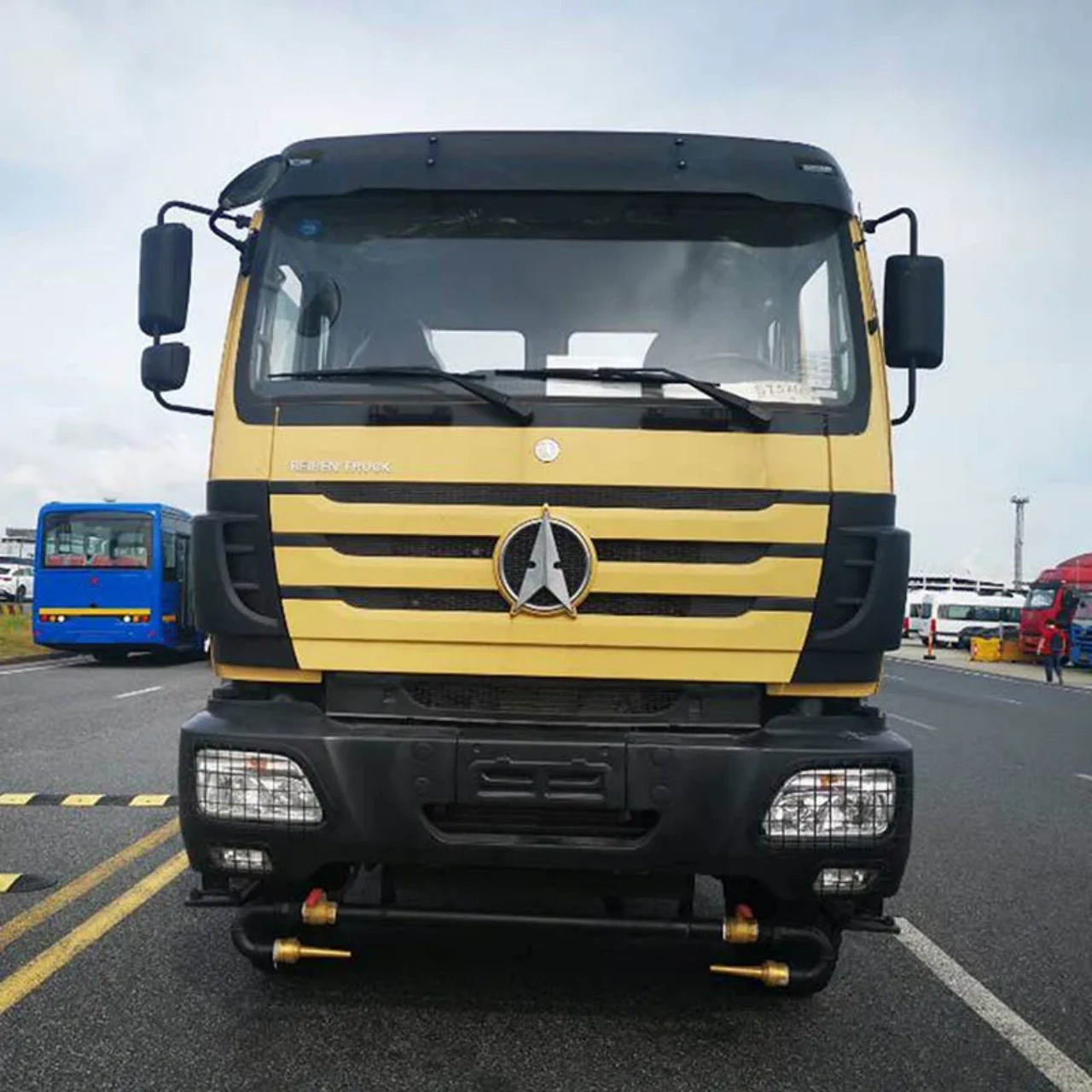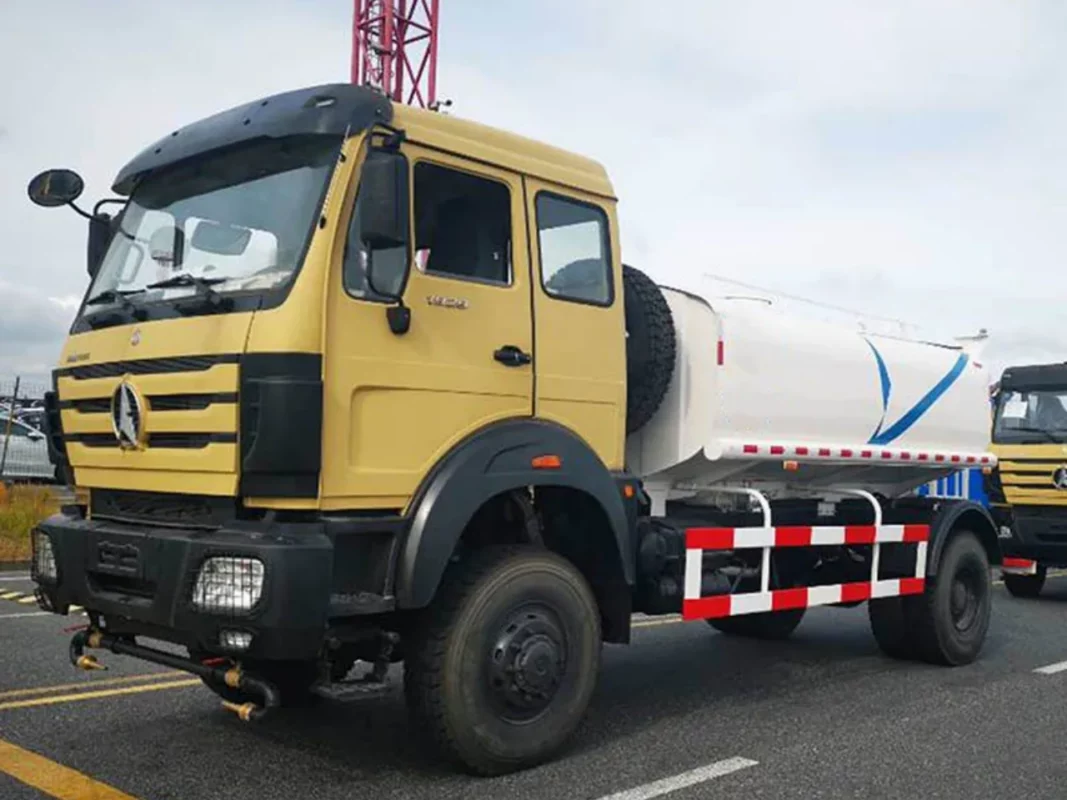Trucks that transport oil are commonly known as oil tankers or tanker trucks. These specialized vehicles are designed to safely and efficiently transport oil, petroleum products, and other liquid fuels over long distances. Given the hazardous nature of their cargo, oil tankers are built with robust safety features and adhere to strict regulations. In this article, we will explore the different types of oil tanker trucks, their construction, safety features, and the regulations governing their operation.
Types of Trucks that Carry Oil
There are several types of oil tanker trucks, each designed for specific purposes. These include:
1. Fuel Tanker Trucks
Fuel tanker trucks transport refined petroleum products such as gasoline, diesel, and jet fuel. These trucks are commonly seen delivering fuel to gas stations and airports. They are equipped with multiple compartments to carry different types of fuel simultaneously and prevent contamination.
2. Crude Oil Tanker Trucks
Crude oil tanker trucks transport unrefined petroleum from oil fields to refineries. These trucks are often larger than fuel tankers and are designed to handle high-viscosity crude oil, which requires specialized heating systems to maintain fluidity during transportation.
3. Heating Oil Tanker Trucks
These trucks deliver heating oil, commonly used for residential and commercial heating systems. They are designed to keep the oil at an appropriate temperature to ensure smooth flow during delivery, especially in colder regions.
4. Lubricant Oil Tanker Trucks
Lubricant oil tanker trucks transport various types of lubricants, such as motor oil, hydraulic oil, and industrial lubricants. They are typically smaller in size compared to fuel tankers, as lubricants are often transported in smaller quantities.
5. Bitumen Tanker Trucks
Also known as asphalt tankers, these trucks transport bitumen, a thick and viscous form of petroleum used in road construction. Bitumen tanker trucks are equipped with insulation and heating systems to maintain the high temperature required to keep the bitumen in a liquid state.

Construction and Design of Oil Tanker Trucks
Oil tanker trucks are designed with safety and efficiency in mind. Their construction includes several key components:
1. Tank Material
Most oil tanker trucks are constructed from stainless steel, aluminum, or carbon steel. Each material has its advantages:
- Stainless steel: Highly resistant to corrosion, making it ideal for transporting different types of oil.
- Aluminum: Lightweight and corrosion-resistant, often used for fuel tankers to maximize payload capacity.
- Carbon steel: Durable and cost-effective, commonly used for crude oil transport.
2. Tank Shape
The tanks are typically cylindrical with rounded ends to reduce pressure buildup and improve aerodynamics. Some tanks have baffles or compartments to minimize liquid movement (surge) during transport, improving stability.
3. Capacity
Oil tanker trucks come in various sizes, depending on their intended use. Capacities typically range from 5,000 to 11,600 gallons (19,000 to 44,000 liters) for large semi-trailer tankers, while smaller delivery trucks may carry 1,000 to 5,000 gallons (3,800 to 19,000 liters).
4. Insulation and Heating Systems
Certain oil tanker trucks, such as bitumen and heavy crude transporters, require insulation and heating systems to maintain the oil at the necessary temperature for smooth transport.
5. Pumping and Dispensing Mechanisms
Most oil tanker trucks have built-in pumps to facilitate loading and unloading. Fuel delivery trucks, for instance, are equipped with hoses and meters to dispense precise quantities of fuel at gas stations.
Safety Features of Oil Tanker Trucks
Due to the hazardous nature of their cargo, oil tanker trucks incorporate several safety features, including:
1. Emergency Shutoff Valves
These valves can quickly stop the flow of oil in case of an emergency, such as an accident or fire, preventing leaks and explosions.
2. Vapor Recovery Systems
Fuel tanker trucks are often equipped with vapor recovery systems to prevent the release of hazardous vapors into the atmosphere, reducing environmental impact and fire risk.
3. Fire Suppression Systems
Many oil tankers have built-in fire suppression systems, such as automatic foam or powder dispensers, to quickly extinguish fires in case of an accident.
4. Rollover Protection
To prevent spills in case of a rollover accident, oil tankers are designed with reinforced frames and low centers of gravity to improve stability.
5. Anti-Surge Baffles
Baffles are partitions inside the tank that reduce liquid movement, minimizing the risk of the truck losing control due to shifting weight during braking or turns.

Regulations Governing Oil Tanker Trucks
Oil tanker trucks operate under strict regulations to ensure safety and environmental protection. Some key regulatory aspects include:
1. DOT (Department of Transportation) Regulations
In the U.S., the DOT enforces regulations on oil tanker trucks, including tank specifications, driver qualifications, and safety inspections.
2. ADR (Agreement concerning the International Carriage of Dangerous Goods by Road)
In Europe, ADR regulations outline safety standards for transporting hazardous liquids, including oil and petroleum products.
3. Hazardous Materials (HAZMAT) Endorsement
Drivers transporting oil must obtain a HAZMAT endorsement on their commercial driver’s license (CDL), requiring specialized training in handling hazardous materials.
4. Spill Prevention and Containment Measures
Oil tanker operators must comply with spill prevention regulations, including regular maintenance, emergency response plans, and secondary containment systems to prevent environmental contamination.
Challenges in Oil Transportation by Trucks
Despite their advanced design and safety features, oil tanker trucks face several challenges:
1. Risk of Accidents and Spills
Oil spills can cause environmental damage and pose fire hazards. Strict safety protocols and driver training are essential to minimize risks.
2. Regulatory Compliance
Meeting the various local and international regulations requires continuous monitoring, driver training, and investment in safety equipment.
3. High Operating Costs
Oil tanker trucks require specialized maintenance, insurance, and compliance measures, making their operation costly compared to general freight transportation.
4. Environmental Concerns
Transporting oil contributes to carbon emissions and pollution risks. Companies are exploring alternatives such as electric and hydrogen-powered tanker trucks to reduce their environmental impact.

Conclusion
Oil tanker trucks play a crucial role in the global supply chain, ensuring the safe and efficient transport of crude oil, refined petroleum, and other liquid fuels. Their specialized construction, safety features, and regulatory compliance make them essential for industries ranging from energy to transportation. As technology advances, the industry continues to innovate, incorporating safer, more environmentally friendly solutions for oil transportation. Whether delivering fuel to gas stations or transporting crude oil to refineries, these trucks remain indispensable in the modern world.

